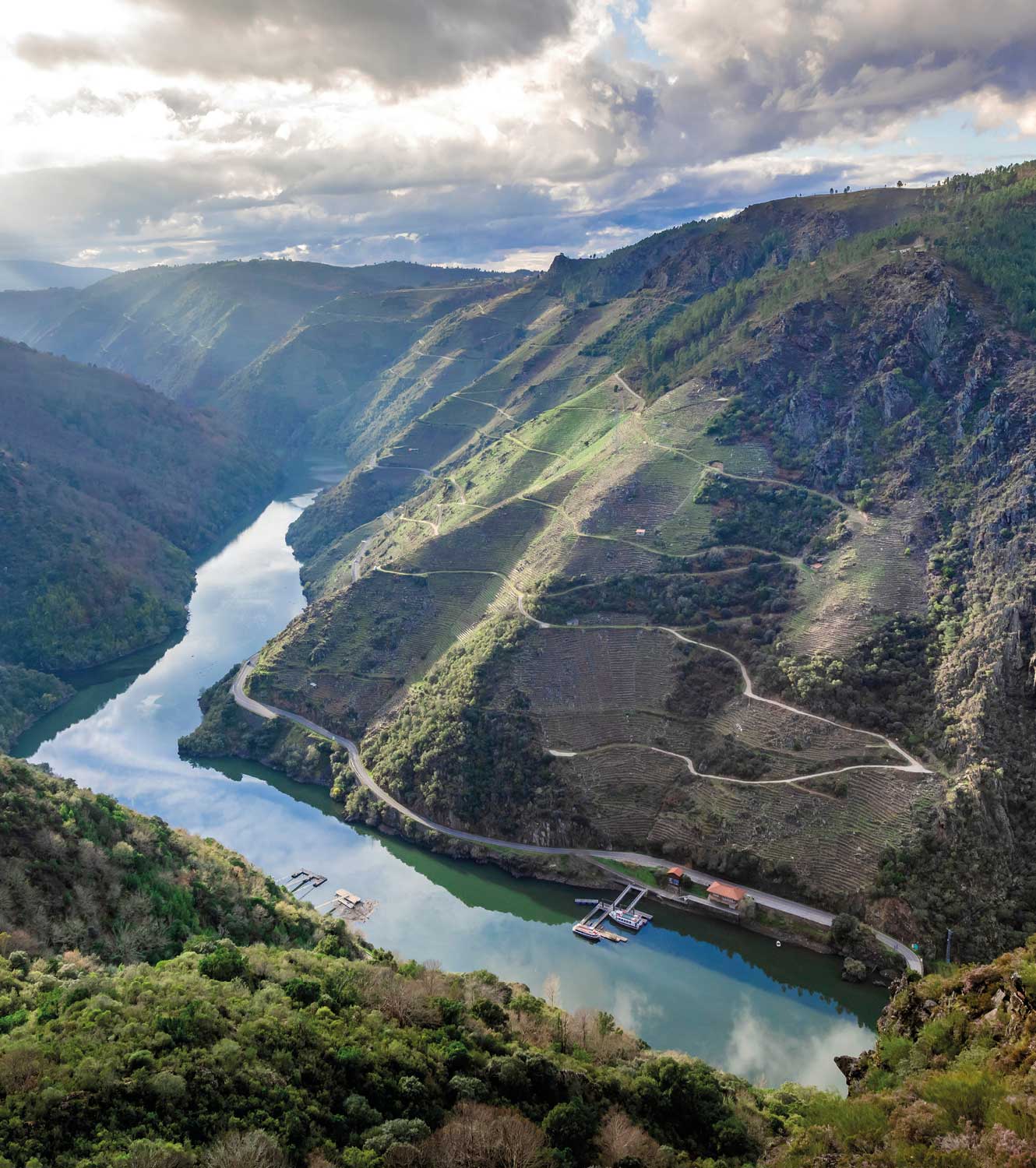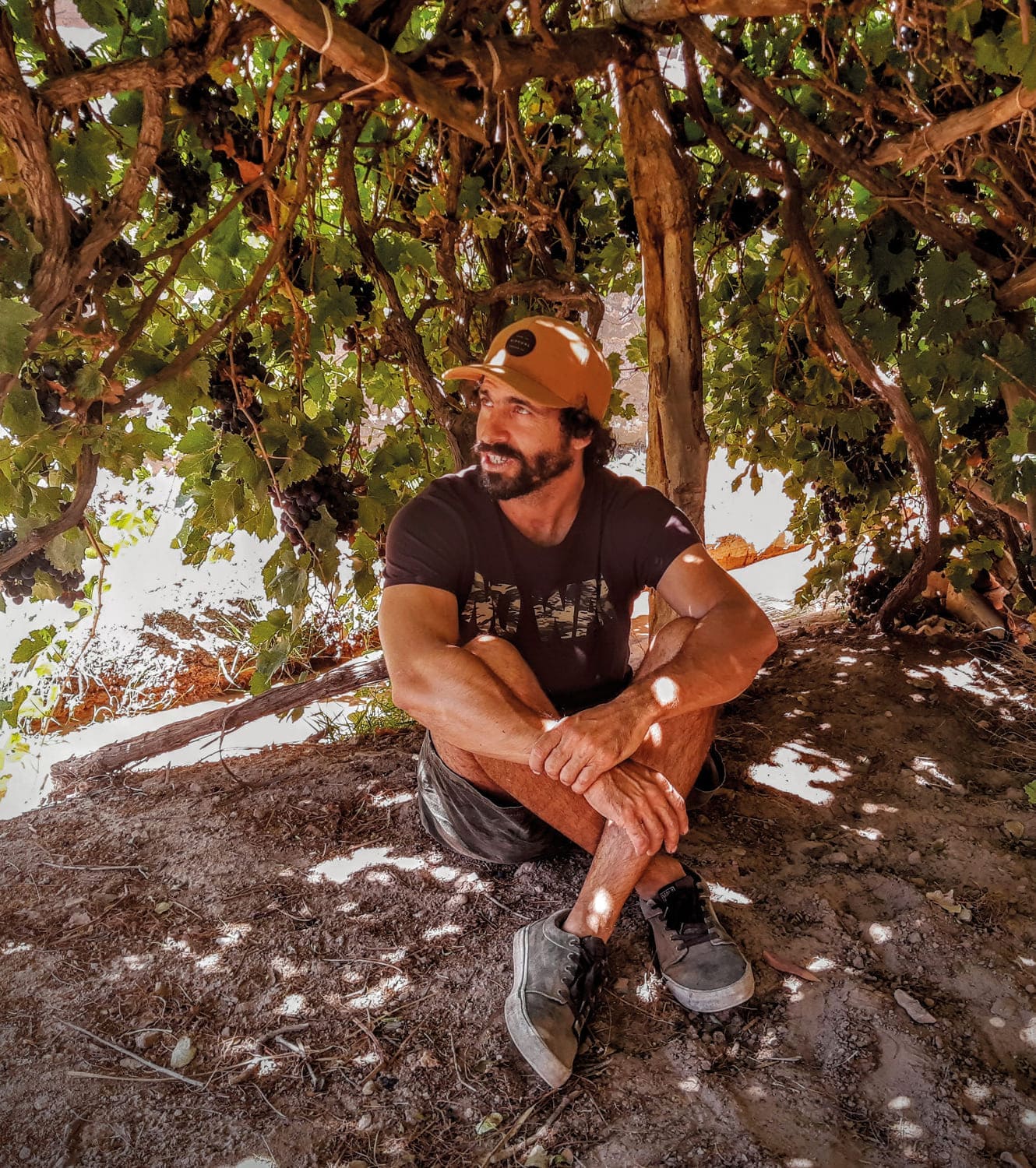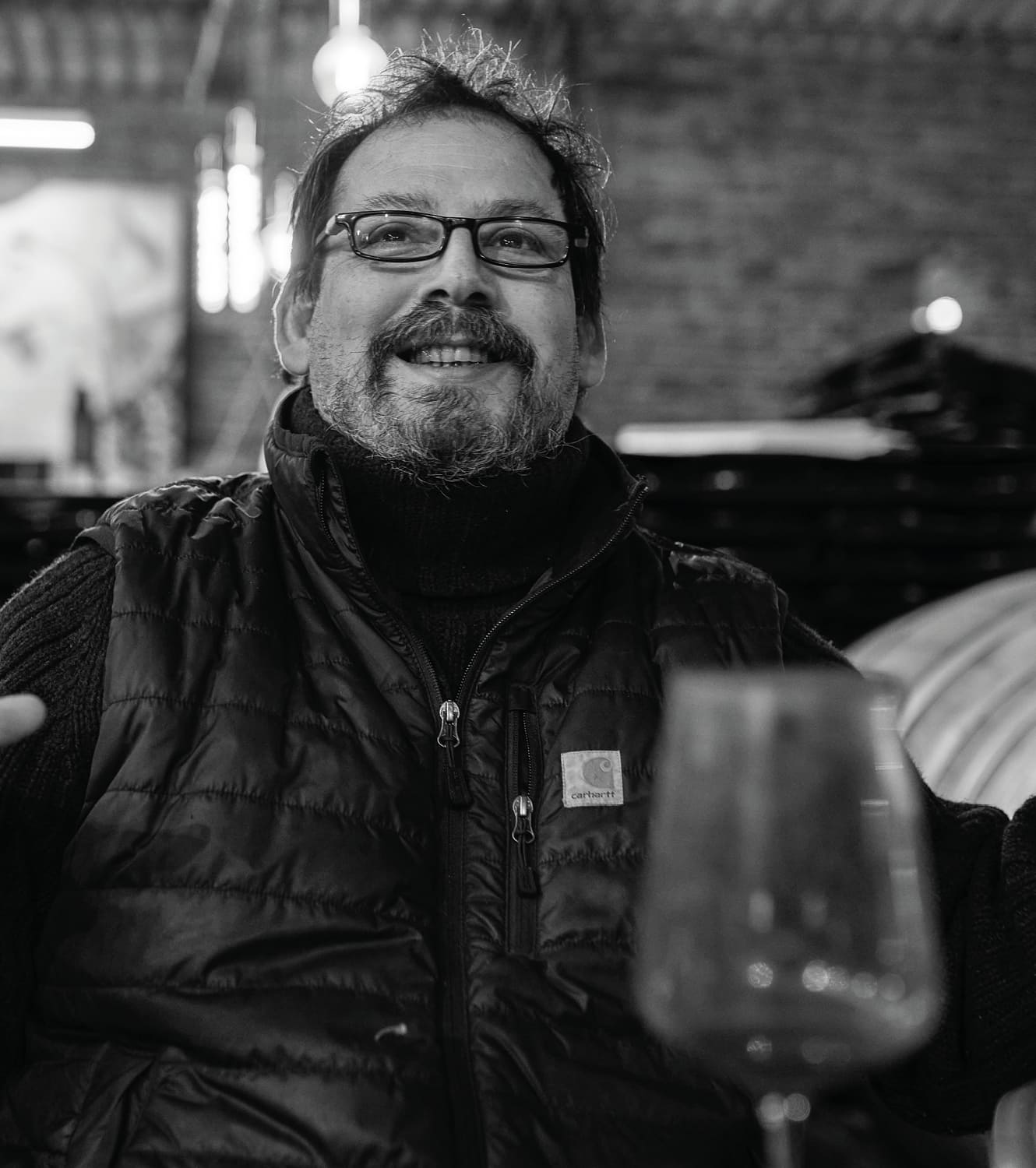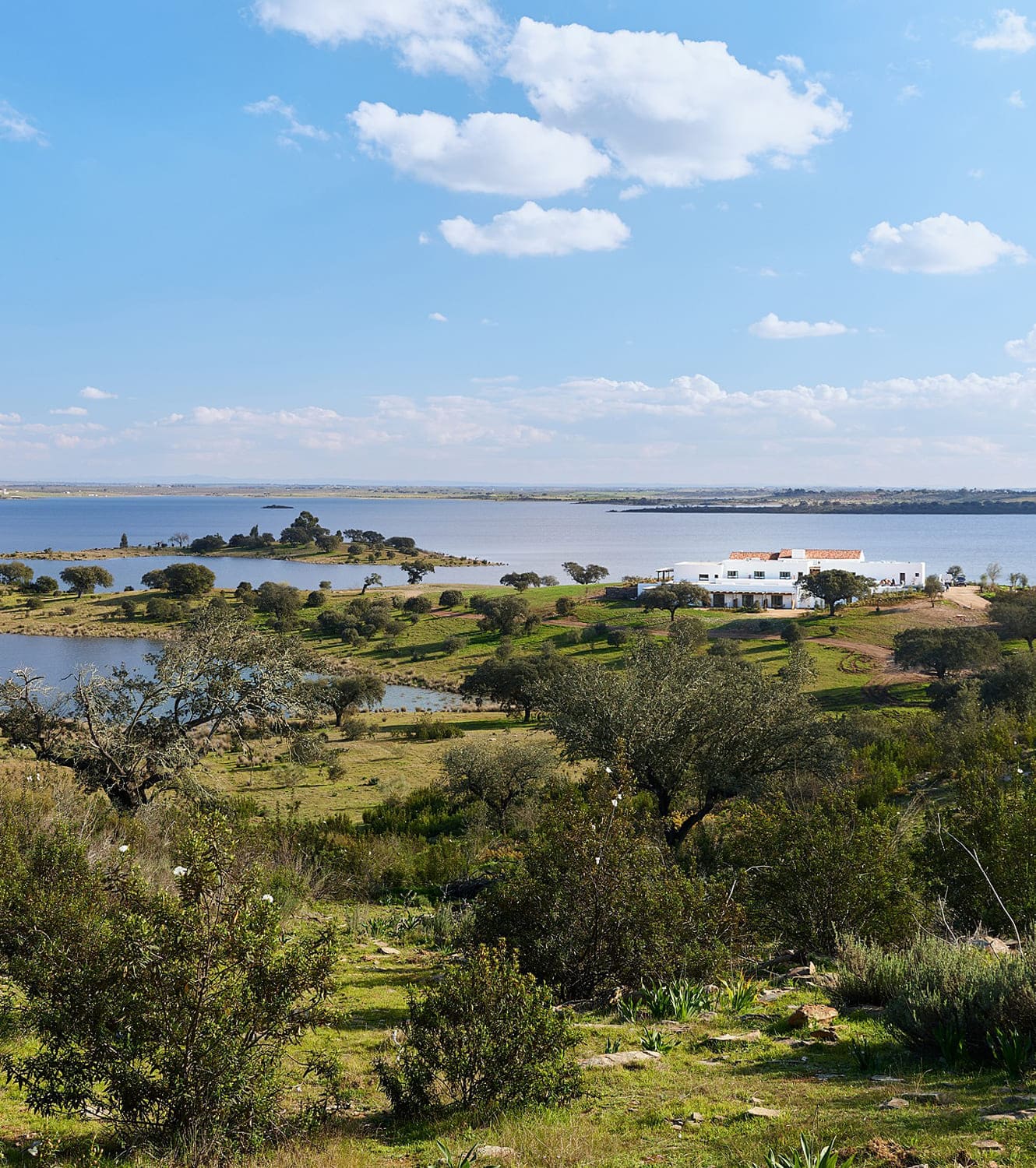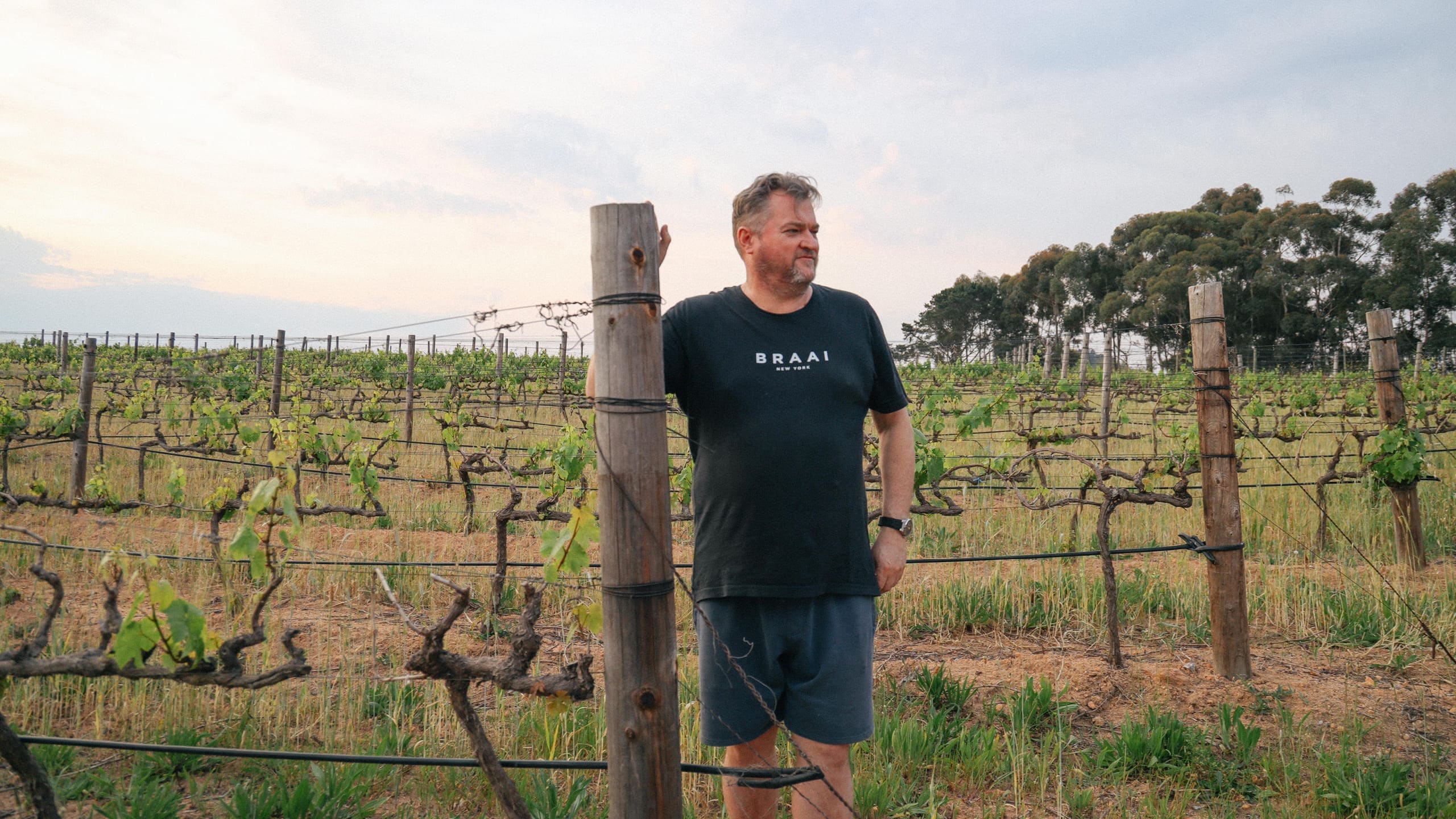
CAPE CRUSADERS
Brian Freedman turns the spotlight on South Africa and its flourishing wine industry, where dedicated winegrowers are creating highly localized expressions of the varied terroirs
Since the end of apartheid, South Africa has become one of the most dynamic, exciting countries in the world for wine lovers. And while wine has been produced there since the 17th century – Jan van Riebeeck planted grapevines in 1655 – it’s only in recent decades that the industry has fully burst onto the world scene.
For a long time, the wines of South Africa were more or less synonymous with Stellenbosch, the country’s most famous region, around an hour’s drive east of Cape Town. It makes sense: many of the most well-known producers have a presence there, and the wines serve as a calling card of sorts around the world. Today, though, any full accounting of the country’s vibrant wine industry has to have a far broader focus.
“New regions are getting well-deserved attention; check out Lowerland Wines from Prieska and organic wines farmed in the Northern Cape,” notes Stephanie Wiid, winemaker and co-founder of Thistle & Weed in Paarl, in the Cape Winelands.
Duncan Savage, of Savage Wines, agrees. “There are many incredible sites coming to the fore, such as Ceres, Piekenierskloof, and areas of the Cape South Coast. Swartland has become so well established, but I do believe Stellenbosch is king. There is a reason the place is famous: the approach of producers in Stellenbosch at the moment, the drive to have the right varieties on the right sites, the efforts to control leafroll virus,” he explains. “We are seeing people move away from the ‘one-stop wine shop’ type producers and beginning to focus. The Helderberg for Cab Sauvignon and Franc, the Polkadraai for Syrah… It’s a very exciting time.”
The focus these days isn’t just on fully expressing the potential of individual terroirs, but also on finding the perfect grape varieties with which to do so. “Chenin Blanc has carved a real niche for itself in South Africa,” he points out. “The wines are incredible from this versatile variety. Cinsault has also done well due to all the old vine plantings, along with a lot more focus on varieties like Grenache.
“Cabernet Franc is performing particularly well on the north-facing slopes around Stellenbosch. The classic varieties such as Cabernet Sauvignon, Chardonnay, and Sauvignon Blanc continue to do well, but site selection is becoming very good with the top producers. Many interesting plantings of Assyrtiko, Counoise, Alicante Bouschet, Grillo, etc. are new to South Africa and could unlock incredible potential in the future. There is a real camaraderie amongst producers, a real desire to take South African wine to the next level.”
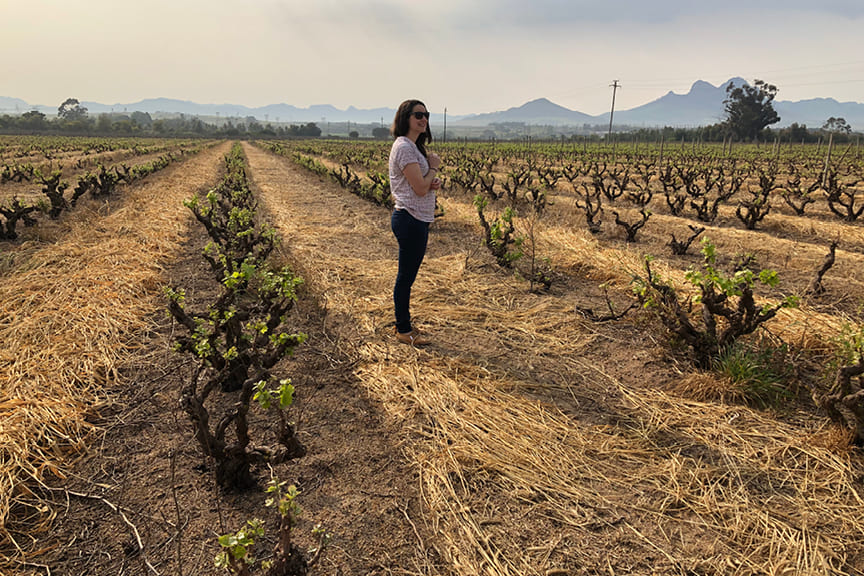
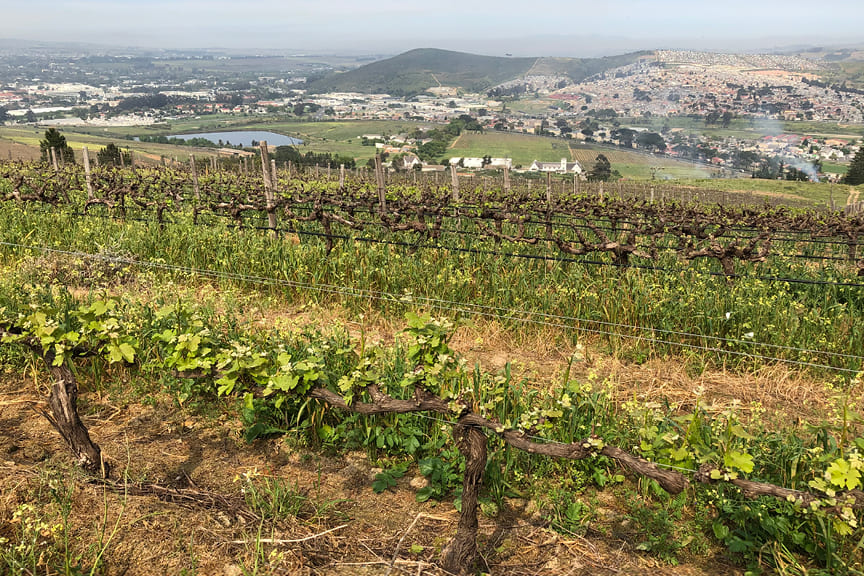
Banner, Bruwer Raats has garnered a reputation for producing high-quality, terroir-driven wines with international acclaim. Stephanie Wiid, winemaker and co-founder of Thistle & Weed, and her vineyards in the Cape Winelands
NEW ERA
It’s already happening. The wines that Savage and Wiid are producing are wildly exciting, as are the ones from Bruwer Raats, a well-known star in the country’s wine world. He, too, has seen attention shift to expressing specific terroirs, which in turn have allowed the wines’ styles to change. “We have learned which varieties work best in certain regions,” he explains, “and in terms of wine style to make wines that are lower in alcohol, with more elegant tannin structure, and that offer greater freshness.” This, he says, “is what will define the next decade.”
He adds: “The challenge is to establish regional identity within the ward status of each district. In other words, if you look at Stellenbosch’s districts, we have to create an identity for Polkadraai Hills and other wards within the district, much like the French Left Bank, with Margaux, Saint-Julien, etc. Polkadraai Hills must be presented as a unique appellation, showing what makes it different.”
As more wines from these individual wards make their way into the world’s wine markets, those distinctions promise to become more clear. “With our small, oversupplied, price-sensitive, and highly competitive local market, higher-end producers are spending a lot more time and money on building exports,” notes Anthony Hamilton Russell, proprietor of Hamilton Russell Vineyards. “There is an overall aesthetic trend towards more restraint and classic styling. Younger, more traveled, and fine-wine-attuned winemakers are setting the country’s stylistic direction. Sadly, the volumes of the best of our wines are still too small to meaningfully impact international consumer perceptions. The wine writers, critics, and trade have, however, been excited.”
That promises to be the case with consumers, too. “Our wines are increasingly more restrained and classically styled,” he adds. “They are being made with more sensitivity to regional styles and the nature of the sites and soils. The top end of the industry, although highly fragmented and small in terms of volume, is increasingly setting our national tone… The next decade will hopefully entrench the aesthetic and quality benefits of the currently prevailing trends in the minds of wine consumers, not just the trade.”
If you taste a selection of top wines from South Africa today, those trends come through with clarity, detail, and serious deliciousness.
“Many interesting plantings of Assyrtiko, Counoise, Alicante Bouschet, Grillo, etc. are new to South Africa and could unlock incredible potential in the future. There is a real camaraderie amongst producers, a real desire to take South African wine to the next level,”
Duncan Savage, of Savage Wines
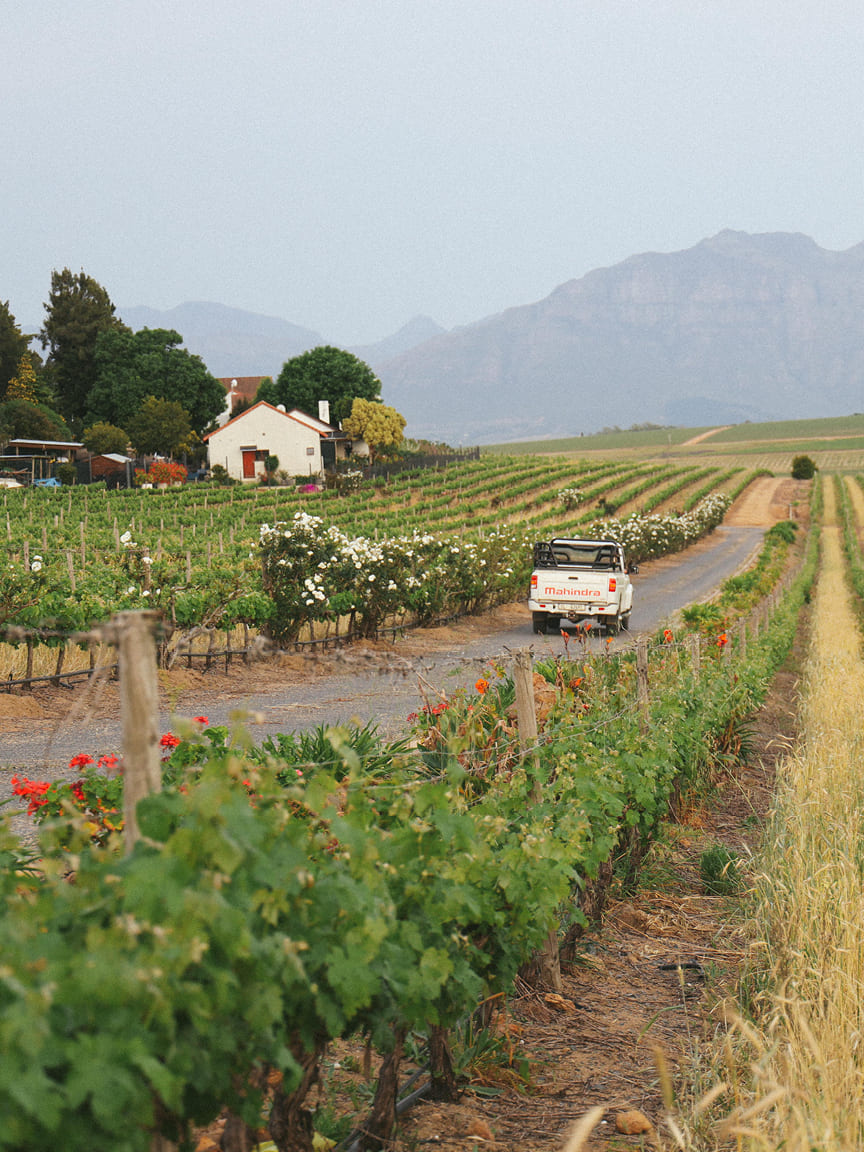

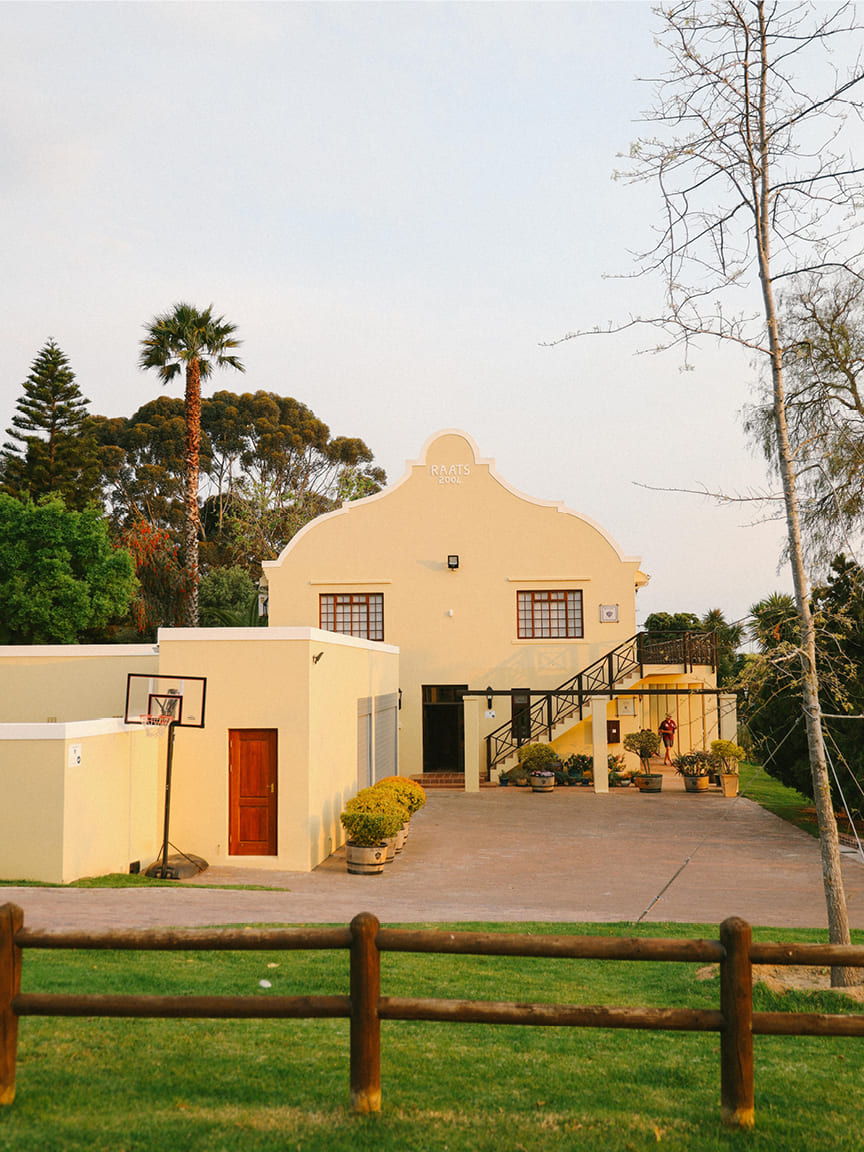
Raats Family Wines’ vineyards at Stellenbosch in South Africa, in the areas of Polkadraai Hills and the Riebeek Valley, and founder Bruwer Raats
Photography ©Raats Family Wines and Aaron Meeket
We recommend
THE STEEPER THE BETTER
Some of Europe’s steepest and most labor-intensive vineyards produce wine as spectacular as the scenery, writes Will Hersey
UNEARTHING THE PAST
To find out how some recent discoveries have revitalized South America’s wine world, Amanda Barnes delves deep into an old vine treasure trove at the end of the world
GROUND CONTROL
Soil mapping is transforming winemakers’ knowledge of their land. Pedro Parra, whose work on the Brunello di Montalcino wines has led to the creation of the award-winning Argiano’s Vigna del Suolo 2018
NEW HORIZONS: PORTUGAL
Portugal is considered one of Europe’s top tourist destinations, with a spade of new openings, including Casa Nossa, a shiny new lakeside retreat near Évora by the country’s most celebrated chef, José Avillez. Virginia Miller pays a visit

